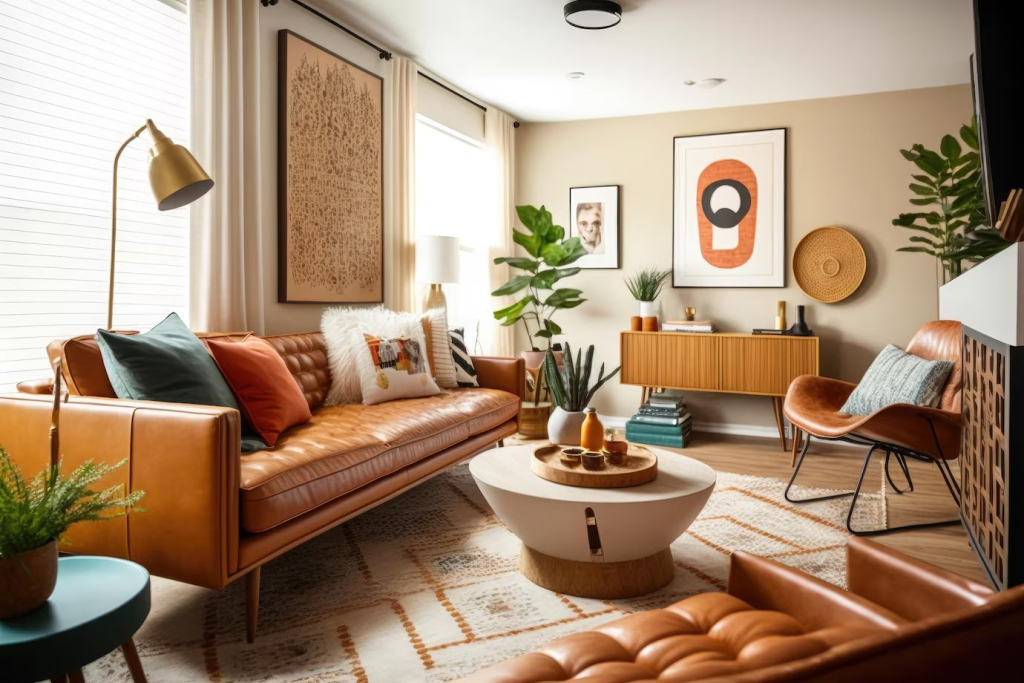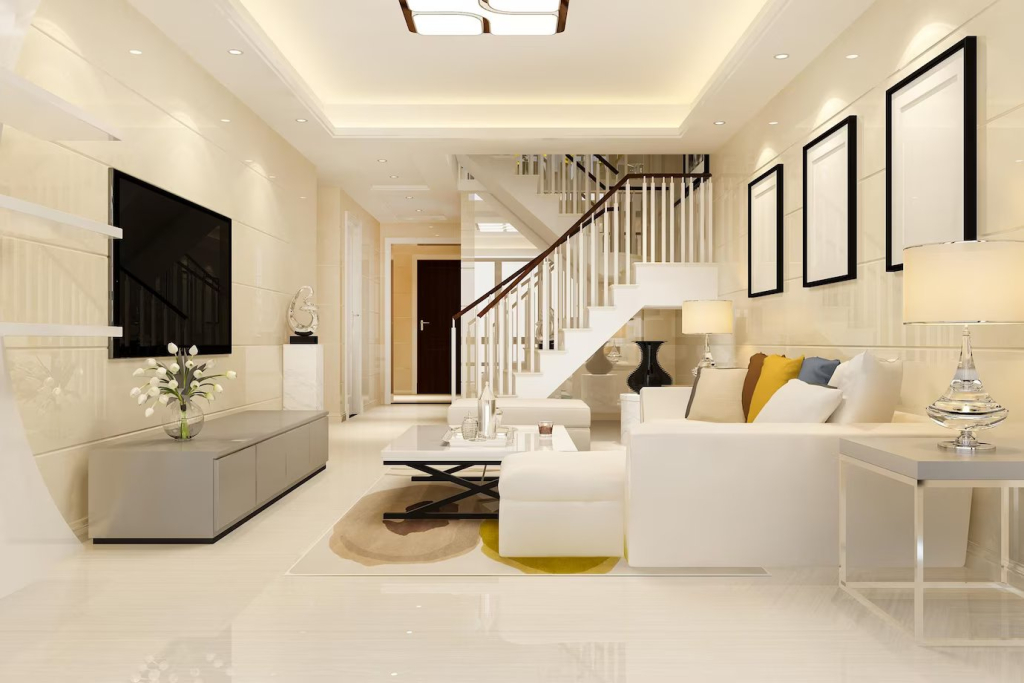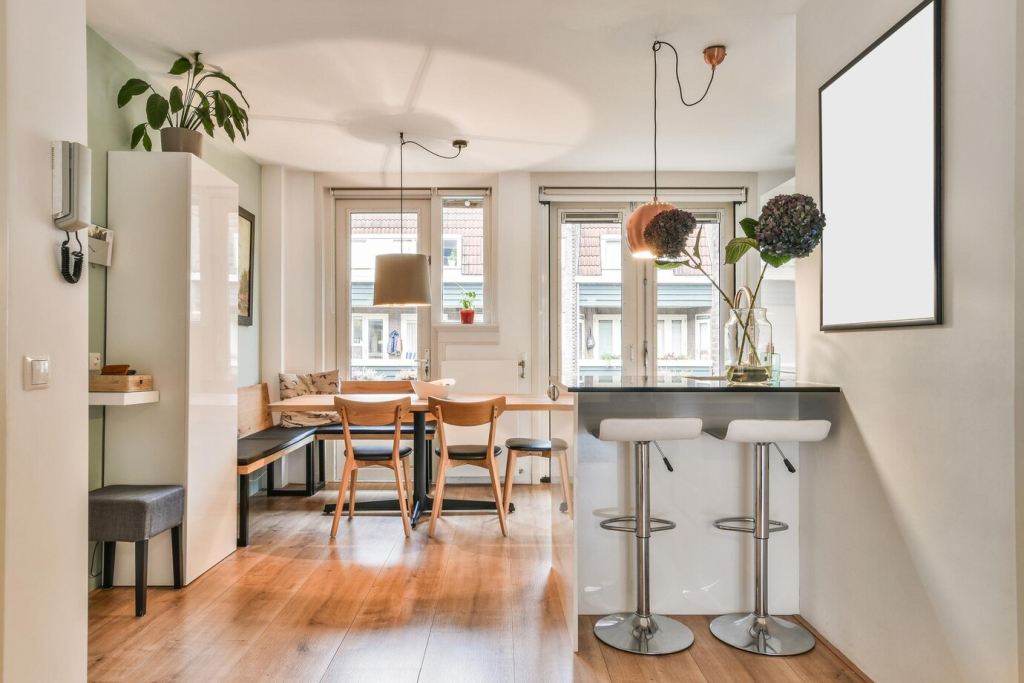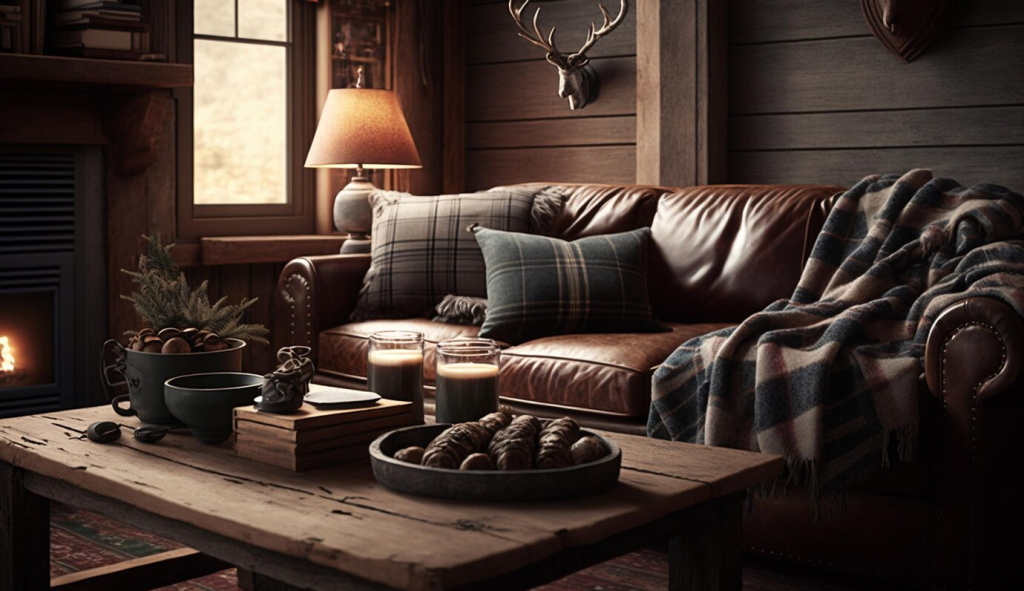Interior Design Trends that Liven Up the Space Inside Filipino Homes
How Filipino homes look often depends on their priorities and considerations. That said, each home design tells a story that reflects cultural values, practicality, and aesthetic preferences.

The world of interior design is a creative and vibrant space. Accordingly, Filipino ingenuity has taken it to the next level over recent years. Filipinos have adapted various interior design styles from all over the world and turned it into a Filipino design, mixing tradition and modernity.
Below, we discover the classic and contemporary design trends that brighten up homes in the Philippines.
Classic Filipino Interiors
New interior design trends inspired by Pinterest boards and celebrity house tours have become increasingly popular. Despite this, there are some who choose to go against the tide and recreate the aesthetics of a traditional Filipino home.
Mark of a Filipino Interior Design
Traditionally, the mark of Filipino interior design is maximalist, where every space inside and outside the home needs to be filled. Moreover, these interiors are heavy on natural materials. That means wooden furniture in the living room, natural rattan for tables and sofas, and capiz shells as hanging decorations for the windows.
Aside from rattan furniture, a classical Filipino home would have wood with intricate patterns to complement the woven home décor set. A more colorful iteration of this interior design style would usually include fabric with patterns of geometric shapes made from indigenous materials.
Use of natural elements and eco-friendly materials
This use of natural elements and eco-friendly materials creates a unique visual interest. Accentuated by fresh plants and antique pieces, the classic Filipino interior design carries references to the country’s rich cultural heritage and colonial past.
Modern Interiors

Clean lines and simple furnishing
Using the same environment-friendly concept and natural materials as the classical Filipino interiors, modern interiors are also a popular choice among many homeowners. But instead of maximalist and traditional, modern interiors are more contained with clean lines and simplistic furniture.
Practical and functional
It leans more toward practical and functional instead of emotional and expressive, which is an advantage of modern designs that appeal to Filipinos.
Tropical modernism and modern farmhouse interiors
Under the broad modernist movement, however, there are different approaches with distinct characteristics. With homes in the Philippines, the most common ones are tropical modernism and modern farmhouse interiors.
Tropical Modernism
Tropical modernism is simply a branch of the modern style that aims to localize the design by factoring in the climate and environment of the tropics at the core of its design.
Natural ventilation
In application, this usually means open and natural lighting to make use of the sunlight, natural ventilation to cool off the spaces, and strategic shades to shield against extreme heat and rain. It has fewer indoor plants and more flow.
Essentially, it lets in the best parts of nature while keeping out the harsh conditions of the outdoors.
Modern Farmhouse
Another face of the rising modern style is the modern farmhouse. Unlike tropical modernism, however, this modern design is not determined by the environment but by the materials available. Technically, this design style borrows from modernism and the farmhouse concept.
Use of available materials
While the farmhouse is closer to more rustic and traditional Filipino aesthetics, the modern farmhouse is less cluttered in style and more neutral in its color palette.
This evokes a cozy contrast of barn lights and other rustic lighting fixtures against neutral hues and smooth backdrops.
Minimalist Interiors

Contemporary aesthetic
Culturally, minimalism is an antithesis of how Filipinos traditionally design home interiors. Despite this, it is steadily finding its place within the contemporary aesthetic of modern Filipino homes.
By tradition, Filipinos “fear” having open spaces within their homes, so they add more things until every space is adorned with an array of decorative elements.
However, the increasing influence of international design trends, particularly the allure of open floor plans and the importance of natural light sources, has led to a gradual shift towards a more minimalist approach.
Use of neutral tones
Interior designers are now incorporating neutral colors into their palettes, steering away from the traditionally vibrant and eclectic hues.
With limited space, interior designers in the Philippines are increasingly advocating for neutral colors as the foundation of a minimalist palette.
This departure from the typically vibrant Filipino color schemes creates uncluttered spaces that are less loud and overwhelming.
Scandinavian-inspired design style
Most notably, the dining room, often a hub of activity in Filipino households, is getting a revamp with more minimalist design principles. With minimalist Scandinavian design styles, it becomes a quieter, light-filled room with grey hues and natural materials.
Transitional Interior Design
There are times when people want to go contemporary in their design without letting go of their prized heirloom pieces. In this case, the transitional design style is the perfect fit.
Integrating local materials with modern sensibilities
Local transitional design styles acknowledge and pay homage to Filipino heritage, integrating local materials and craftsmanship with modern sensibilities. The result is an environment that embodies modern living without losing the beloved elements that make a house truly Filipino.
For the color palette, it is more of a natural hues that reflect the country’s lush landscapes. Ultimately, the goal is to effortlessly navigate between warm, earthy tones and contemporary aesthetics.
Balanced, inviting, and versatile living spaces
As a result, transitional interiors evoke a sense of timelessness. It is the design equivalent of a bridge between the rich Filipino culture and the evolving preferences of present-day homeowners.
In a tropical country like the Philippines, the transitional design style offers a balanced, inviting, and versatile living environment that stands the test of time.
Rustic Interiors

Cozy retreats
Closer in style to the traditional Filipino home, Filipinos have also warmly embraced the rustic design. In contrast to the sterile vibe of minimalism, rustic styles transform living spaces into cozy retreats that exude a charming, lived-in appeal.
Celebrating the characters of the Filipino
Unlike the sleek lines of modern design, rustic interiors revel in the absence of clean lines to give off more warmth and authenticity. The rustic style often centers around a focal point, be it a reclaimed wooden table or a weathered sofa, that creates a sense of grounded character in Filipino homes.
This aesthetic is particularly well-suited for a Filipino-themed dinner party, where the inherent warmth of rustic elements creates just the perfect inviting atmosphere.
Use of repurposed materials
With rustic interiors, it is also common to find industrial design elements. This means dining chairs made from repurposed materials that add a touch of rugged elegance to the overall decor.
In Filipino homes, the rustic style transcends mere design; it becomes a narrative, a reflection of the appreciation for simplicity, heritage, and the beauty found in imperfections.
Bring to life your ideal interior design styles
In the world of interior design, personal spaces are curated to reflect individual stories. That said, creating a stylish and inviting home does not always require the expertise of an interior designer.
Filipino homes, whether embracing the warmth of rustic charm, the serenity of minimalism, or the fusion of transitional elements, showcase unique design elements that resonate with their lifestyles and cultural values.
As Filipinos continue to craft relaxing environments that echo their stories, homes become not just physical spaces. They are also narratives and valuable insights into what makes a house truly feel like a Filipino home.
Unleash your unique style in the home of your dreams. Visit Camella’s catalog for your home options and inspirations.

Celebrate Life’s Milestones in Camella!
Make unforgettable memories in a Camella home.
Our communities are designed to elevate your living experience.


